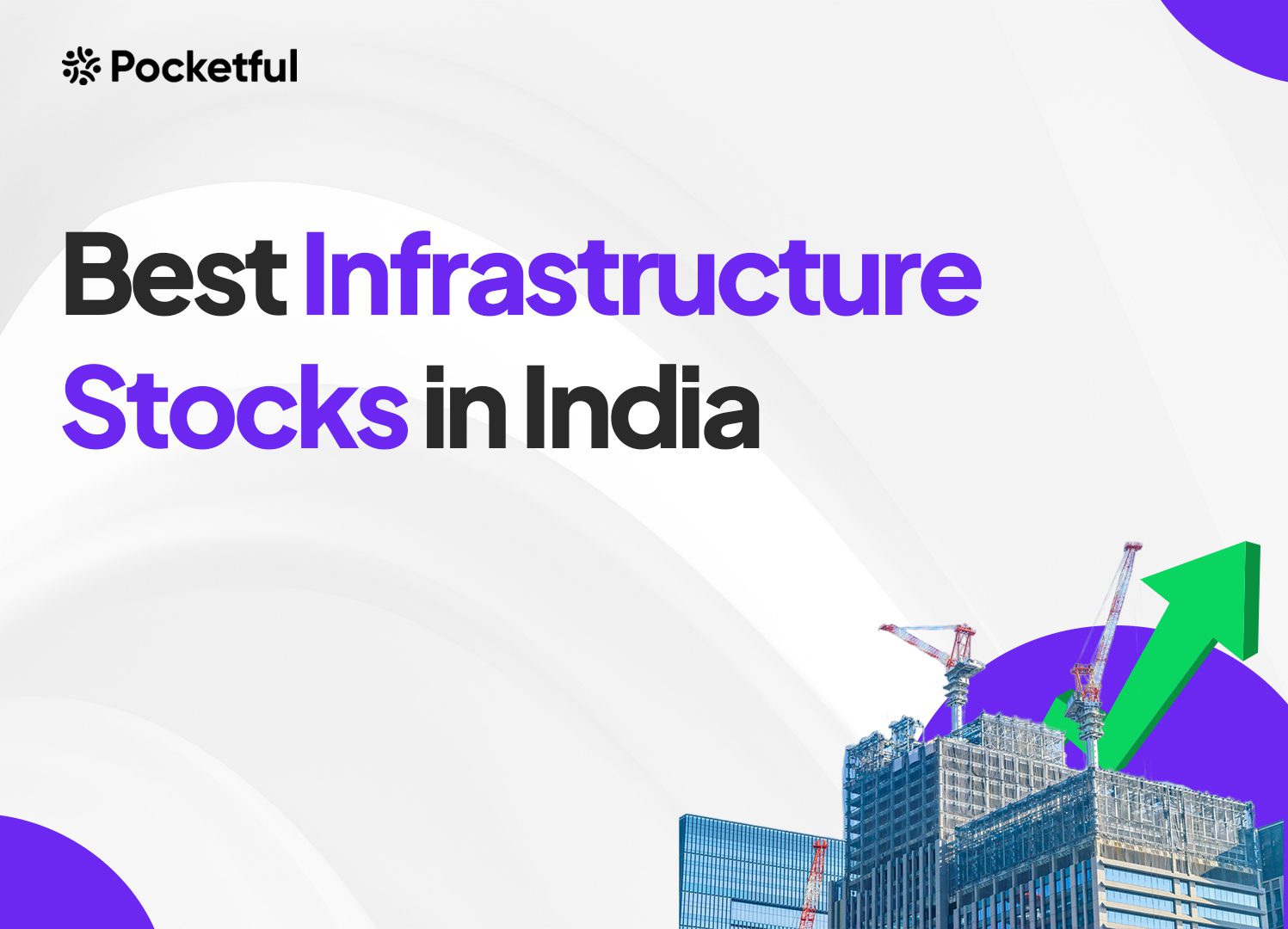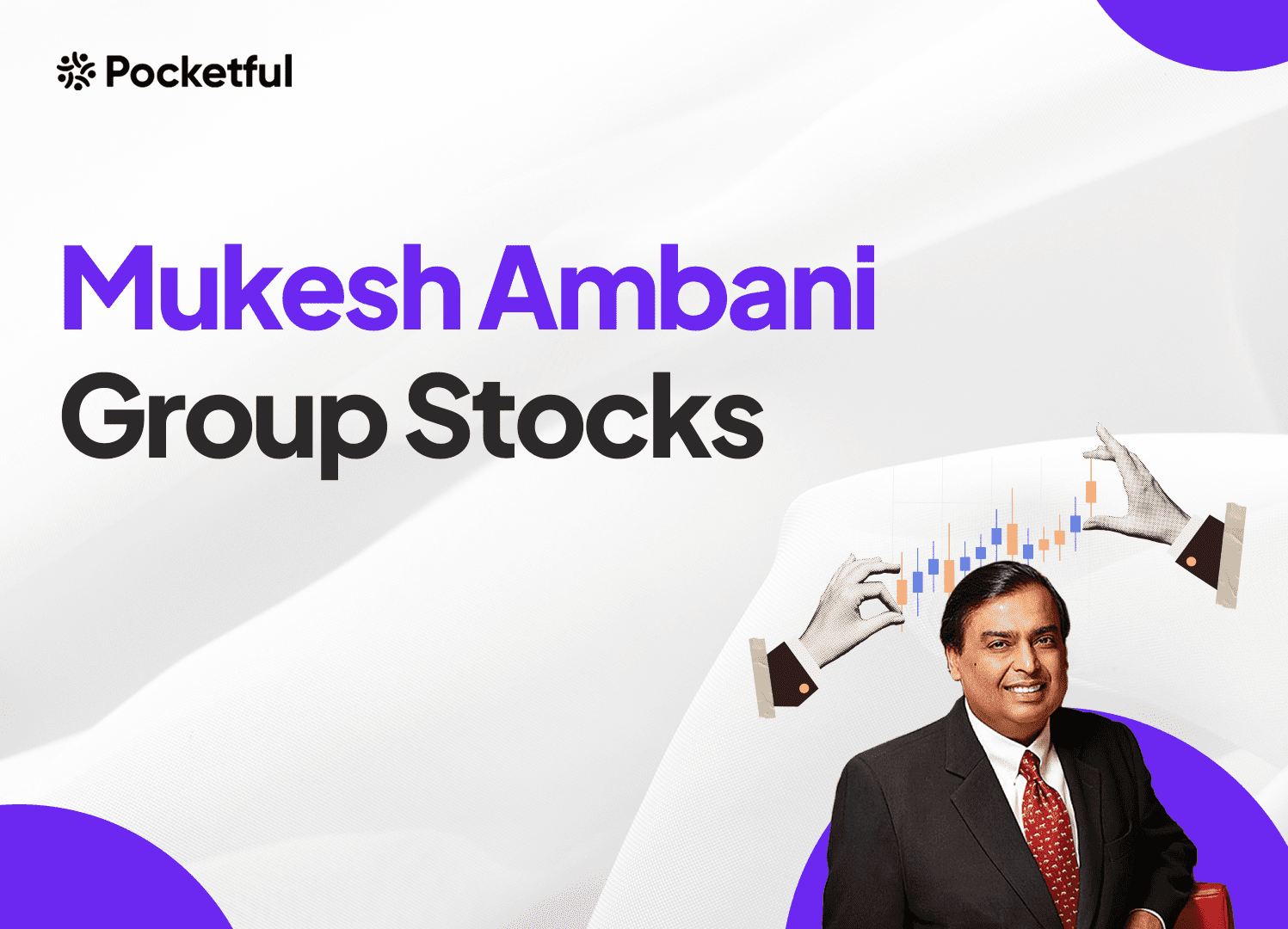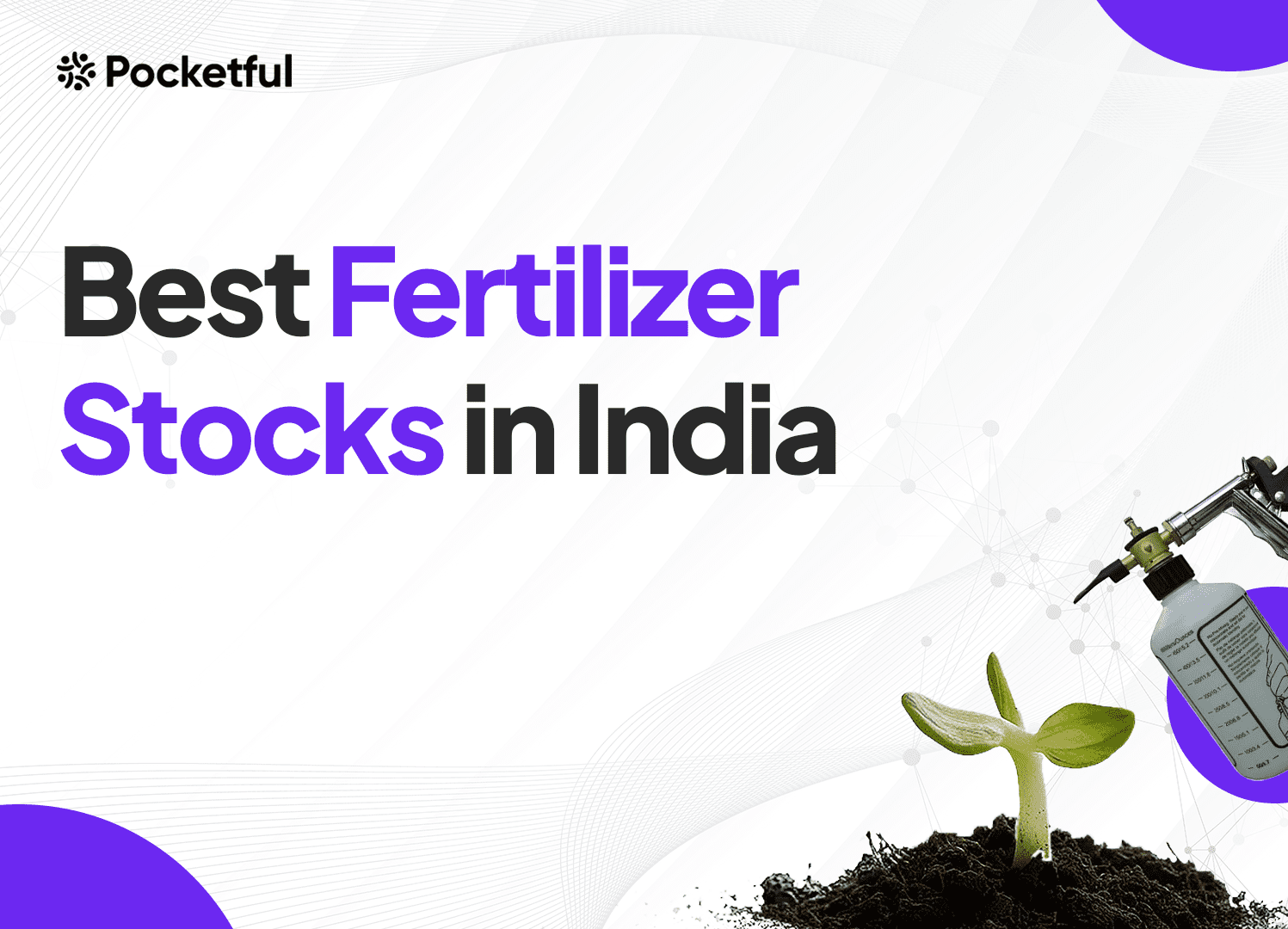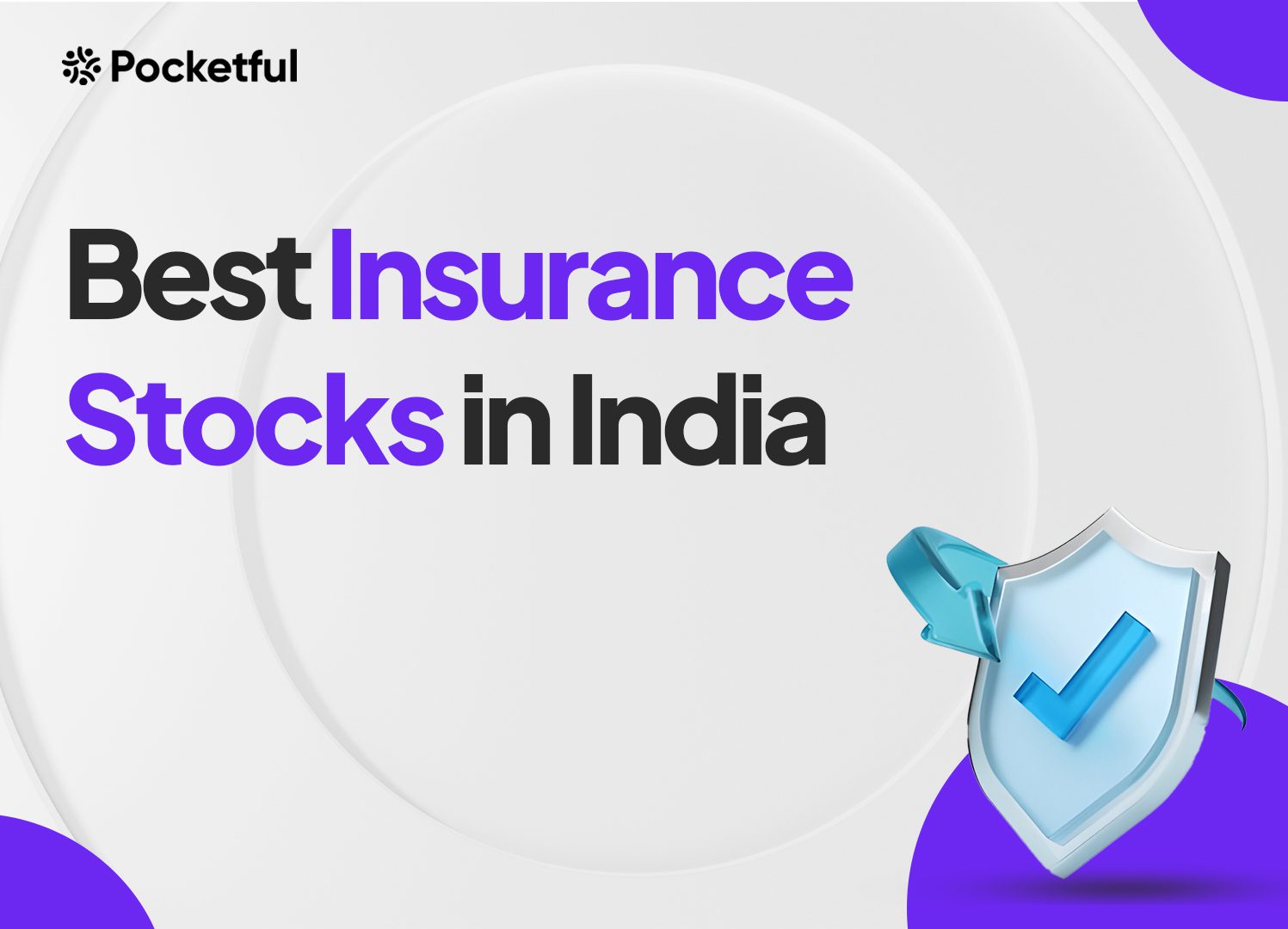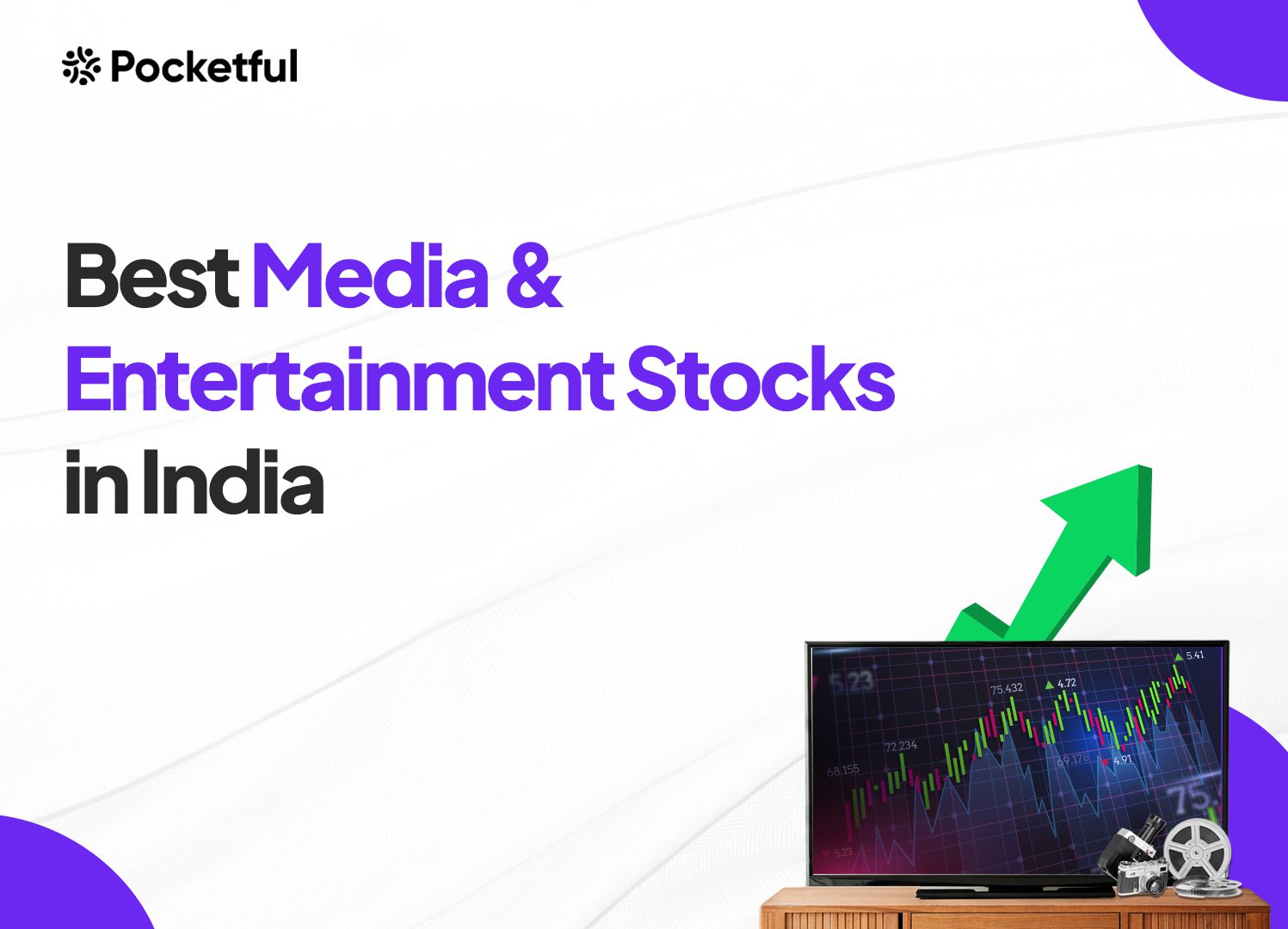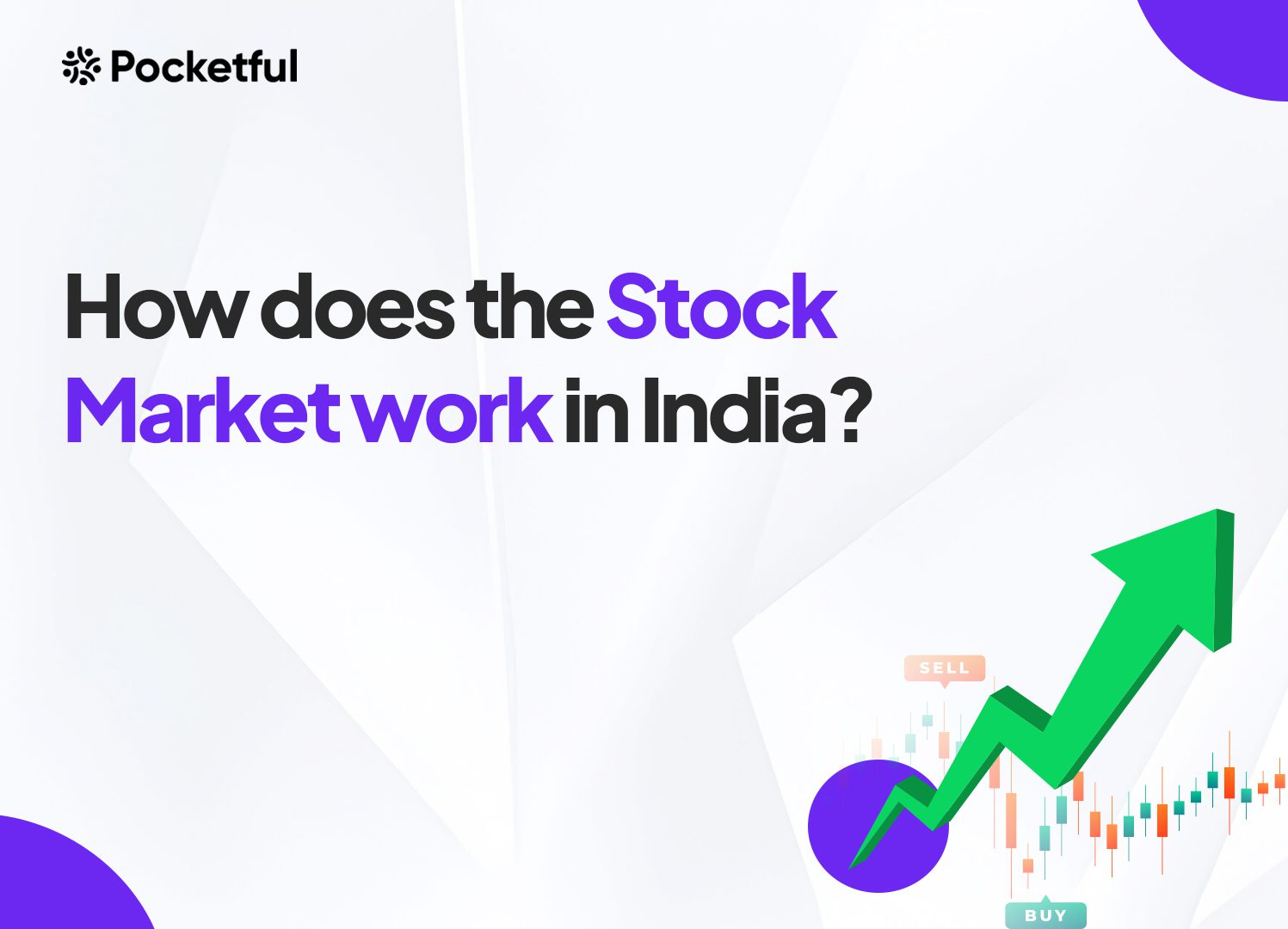The first things you notice when traveling to a new city or nation are its highways, railway stations, high-rise structures, etc. It takes a lot of expertise and innovative thinking to make these infrastructure marvels. There are some companies in India that undertake these complex tasks and complete them with remarkable efficiency. The nation’s infrastructure sector paints a picture of its economic expansion.
In today’s blog, we’ll give you an overview of the infrastructure sector and the top 5 infrastructure stocks based on market capitalization and 1-year returns.
Overview of Infrastructure Industry

A very robust infrastructure is necessary for any nation to develop. A strong network of roads, railroads, flyovers, buildings, etc., is required. Because it generates a large number of job opportunities and supports the nation’s economic growth, the Indian infrastructure industry is regarded as one of the country’s most dynamic economic sectors.
The Government of India realizes the importance of the infrastructure sector and its role in becoming a developed nation. The government has set aside $1.3 trillion for the infrastructure sector and launched “Gati Shakti” to bring reforms to the infrastructure sector. The central government has announced a capital expenditure allocation of $133.9 billion for the infrastructure sector in Budget 2024. Additionally, the National Infrastructure Pipeline (NIP) has a total project count of 9,142. The focus on developing smart cities and attracting investments from countries like Saudi Arabia makes this sector attractive to investors.
Top Infrastructure Stocks Based on Market Capitalization
The top Infrastructure stocks in 2025 are:
| S.No. | Infrastructure stocks |
|---|---|
| 1 | Larsen & Toubro Ltd. |
| 2 | Rail Vikas Nigam Ltd. |
| 3 | GMR Airport Infrastructure Ltd. |
| 4 | IRB Infrastructure Developers Ltd. |
| 5 | NBCC (India) Ltd. |
The infrastructure stocks have been listed in descending order based on their market capitalization in the table below:
| Company | Market Capitalization (In INR Crores) | Current Market Price (in INR) | 52-Week High (in INR) | 52-Week Low (in INR) |
|---|---|---|---|---|
| Larsen & Toubro Ltd. | 5,01,305 | 3,644 | 3,964 | 2,965 |
| Rail Vikas Nigam Ltd. | 74,831 | 359 | 545 | 295 |
| GMR Airport Infrastructure Ltd. | 96,171 | 91.1 | 97.0 | 67.8 |
| IRB Infrastructure Developers Ltd. | 26,270 | 43.5 | 64.3 | 41.0 |
| NBCC (India) Ltd. | 31,001 | 115 | 131 | 70.8 |
Read Also: List of Best Electric Vehicle Stocks in India
Best Infrastructure Stocks in India 2025 Based on Market Capitalization – An Overview
A brief overview of the best infrastructure stocks in India is given below:
1. Larsen & Toubro Ltd.
Two Danish engineers, Henning Holck-Larsen and Soren Kristian Toubro, established the business in Mumbai in 1938. However, the business was legally incorporated in 1946 as Engineering Construction & Contracts Ltd (ECC). In the Second World War, the company started repairing and fabricating ships. The company is now working on building infrastructure, including roads, bridges, buildings, dams, etc. The company has diversified into financial services to expand its operations. The organization’s headquarters is in Mumbai.
Know the Returns:
| 1Y Return (%) | 3Y Return (%) | 5Y Return (%) |
|---|---|---|
| -4.06% | 93.72% | 310.60% |
2. Rail Vikas Nigam Ltd.
The company operates under the Ministry of Railways and was established in 2003. It was established to implement the National Rail Vikas Yojana (NRVY), which was launched to develop railway infrastructure in India. Its numerous initiatives include modernizing train stations, electrifying train tracks, and extending new rail lines into isolated places. To obtain funds for growth, the company was listed on the Indian Stock Exchange in 2019. Its main office is located in New Delhi.
Know the Returns:
| 1Y Return (%) | 3Y Return (%) | 5Y Return (%) |
|---|---|---|
| 33.96% | 941.74% | 1,674.81% |
3. GMR Airport Infrastructure Ltd.
Grandhi Mallikarjuna Rao started the business in 1978, and at first, it operated as a modest Andhra Pradesh jute plant. The company ventured into the infrastructure industry later in 1990. The company was given the go-ahead to build Hyderabad’s Rajiv Gandhi International Airport and Delhi’s Indira Gandhi International Airport in 2000, and it became a well-known name in the airport development industry due to these two projects. In 2006, the company was listed on the Indian Stock Exchange. Its main office is located in New Delhi.
Know the Returns:
| 1Y Return (%) | 3Y Return (%) | 5Y Return (%) |
|---|---|---|
| -4.23% | 138.22% | 295.65% |
4. IRB Infrastructure Developers Ltd.
Virendra D. Mhaiskar launched the business in 1998. The company started as a minor road-building company before rising to prominence in the infrastructure industry. In order to obtain money for its ongoing expansion, the company was listed on the Indian Stock Exchange in 2008. The company was the first to operate a build-operate-transfer road project in India. Mumbai-Pune Expressway and Ahmedabad-Vadodara Expressway are some of its notable projects. The company’s headquarters is in Mumbai.
Know the Returns:
| 1Y Return (%) | 3Y Return (%) | 5Y Return (%) |
|---|---|---|
| 32.19% | 96.92% | 274.83% |
5. NBCC (India) Ltd.
The business was previously known as National Buildings Construction Corporation when it was established in 1960. The company is responsible for the redevelopment of government properties, EPC projects, real estate development, etc. Subsequently, the company’s operations extended to Yemen, Iraq, Libya, Nepal, etc. The business started developing government and residential real estate in 2000. In 2012, the company went public, and the Government of India granted it Navratna status in 2014. Its main office is located in New Delhi.
Know the Returns:
| 1Y Return (%) | 3Y Return (%) | 5Y Return (%) |
|---|---|---|
| -1.54% | 414.48% | 602.04% |
Top Infrastructure Stocks Based on 1-Year Return
The top Infrastructure stocks in 2025 are
| S.No. | Infrastructure stocks |
|---|---|
| 1 | GPT Infra Projects Ltd. |
| 2 | Rail Vikas Nigam Ltd. |
| 3 | GMR Power and Urban Infra Ltd. |
| 4 | Supreme Infrastructure India Ltd. |
| 5 | NBCC (India) Ltd. |
The infrastructure stocks have been listed in descending order based on their 1-year returns in the table below:
| Company | 1-Year Return |
|---|---|
| GPT Infraprojects Ltd. | 372.07% |
| Rail Vikas Nigam Ltd. | 357.13% |
| GMR Power and Urban Infra Ltd. | 340.62% |
| Supreme Infrastructure India Ltd. | 312.73% |
| NBCC (India) Ltd. | 257.57% |
Read Also: List of Best Railway Stocks in India
Best Infrastructure Stocks in India Based on 1-Year Return – An Overview
The best infrastructure stocks according to 1-Year return are given below, along with a brief overview:
1. GPT Infraprojects Limited
The business was established in 1980 as a GPT Group subsidiary. Later in 1990, the business began manufacturing railway concrete sleepers to expand its operations into the railway industry. In 2010, the company began accepting international projects and has operations in India, South Africa, Namibia, and Ghana. The company has expertise in developing bridges, railway tracks, roads, and highways. The company’s main office is in Kolkata, West Bengal.
| 1Y Return (%) | 3Y Return (%) | 5Y Return (%) |
|---|---|---|
| -18.55% | 287.44% | 1,730.73% |
2. GMR Power and Urban Infra Limited
The business was established as a division of the GMR Group, which was founded in 1978 and is regarded as one of India’s top infrastructure corporations. The corporation has completed infrastructure projects in India and abroad, including highways, industrial parks, and smart cities. The company developed GMR Krishnagiri SIR (Special Investment Region) in an area of 850 hectares. Its head office is in New Delhi.
| 1Y Return (%) | 3Y Return (%) | 5Y Return (%) |
|---|---|---|
| -12.57% | 317.94% | 157.73% |
3. Supreme Infrastructure Limited
Shri Bhawani Shakar Sharma established the business in 1983 as Supreme Asphalts Private Ltd., and its activities included minor civil building projects. In 2002, the company’s name was changed to Supreme Infrastructure India Ltd. Later, the business began to receive contracts from the government to build bridges, flyovers, and other infrastructure. In 2007, the company was listed on the Indian Stock Exchange. The organization’s headquarters is in Mumbai.
Overviews of the remaining companies have been given above.
| 1Y Return (%) | 3Y Return (%) | 5Y Return (%) |
|---|---|---|
| 18.48% | 320.34% | 320.34% |
Key Performance Indicators (KPIs)
| Company | ROE (%) | ROCE (%) | Debt to Equity (x) | P/E | P/B |
|---|---|---|---|---|---|
| Larsen & Toubro Ltd. | 15.12 | 14.70 | 1.32 | 37.96 | 5.87 |
| Rail Vikas Nigam Ltd. | 18 | 16.74 | 0.68 | 81.66 | 13.59 |
| GMR Airport Infrastructure Ltd. | 0 | 4.74 | -16.30 | -148.97 | -22.76 |
| IRB Infrastructure Developers Ltd. | 4.40 | 7.63 | 1.36 | 64.74 | 2.88 |
| NBCC (India) Ltd. | 18.04 | 27.57 | 0 | 76.49 | 14.79 |
| GPT Infraprojects Ltd. | 19.11 | 30.96 | 0.62 | 37.25 | 7.31 |
| GMR Power and Urban Infra Ltd. | 0 | 11.02 | -4.75 | 6.18 | -0.88 |
| Supreme Infrastructure India Ltd. | 0 | 0.91 | -0.87 | -0.18 | -0.01 |
Benefits of Investing in Infrastructure Stocks
There are various benefits of investing in infrastructure stocks, a few of which are mentioned below-
- Diversification – You can lower the risk in your portfolio by investing in infrastructure stocks.
- Government Spending – The government of India supports the infrastructure sector through several incentive programs to speed up the country’s economic progress.
- Periodic Cash flows – Operating infrastructure assets have a long usable life, thereby providing predictable long-term cash flows to the inventors.
Factors to be Considered before Investing in Infrastructure Stocks

Before making any investment in the infrastructure stocks, there are various factors to be taken into consideration-
- Political Risks – Infrastructure development depends on a nation’s political stability; any instability in the government will result in project cancellations, which will have an immediate negative impact on the company’s earnings.
- Government Policies – The infrastructure industry depends on government support and regulatory policies established by the Indian government, such as tax incentives. Any modifications to these policies will have a detrimental effect on the company’s profitability.
- Company’s Financial – Before investing in any infrastructure stock, one should carefully review a firm’s financial reports, including the balance sheet, income statement, and cash flow statements.
Future of Infrastructure Sector in India
Since the infrastructure sector is the foundation of India’s economic growth, the government has launched multiple initiatives to support the sector. In addition, the government is providing incentives for this industry to promote urbanization. New investment opportunities in this sector are created by the growing participation of the private sector alongside government firms. By 2025, the Indian infrastructure sector is projected to be valued at over $1.4 trillion. All these factors make the infrastructure sector in India a sector to watch out for.
Read Also: List Of Best PSU Stocks in India
Conclusion
To summarize, the government’s initiatives and emphasis on infrastructure development indicate a positive outlook for the infrastructure industry in India. This industry has good growth potential in the long run and must be considered by long-term investors. But before making any decisions about your investments, you should speak with an investment advisor and thoroughly review the performance of the companies in this industry.
| S.NO. | Check Out These Interesting Posts You Might Enjoy! |
|---|---|
| 1 | List Of Best Healthcare Stocks in India |
| 2 | List of Best Telecom Stocks in India |
| 3 | List Of Best Footwear Stocks in India |
| 4 | List Of Best Logistics Stocks in India |
| 5 | List of Best Liquor Stocks in India |
Frequently Asked Questions (FAQs)
Name the top Infrastructure Stocks in India.
Larsen & Toubro, Rail Vikas Nigam Ltd., GMR Airports Infrastructure Developers Limited, IRB Infrastructure Limited, and NBCC (India) Limited are India’s top 5 infrastructure companies based on market capitalization.
How can I identify the best infrastructure stocks to invest in?
Investors can analyze the company’s cash flows, order books, financial statements, and other documents to identify the best infrastructure stocks in India.
Is it worth investing in the infrastructure sector?
Yes, one can invest in the Indian infrastructure sector given its growth potential and government incentives supporting it, but only after analyzing their financial statements and taking their risk tolerance into account.
Which is the largest infrastructure company in India?
Larsen & Toubro Limited is the biggest infrastructure stock in India based on market capitalization.
What are the major risks associated with investing in Infrastructure Sector Companies?
The main risks associated with the infrastructure sector are the company’s debt levels and project delays because these businesses make huge capital expenditures and may have huge debts.
